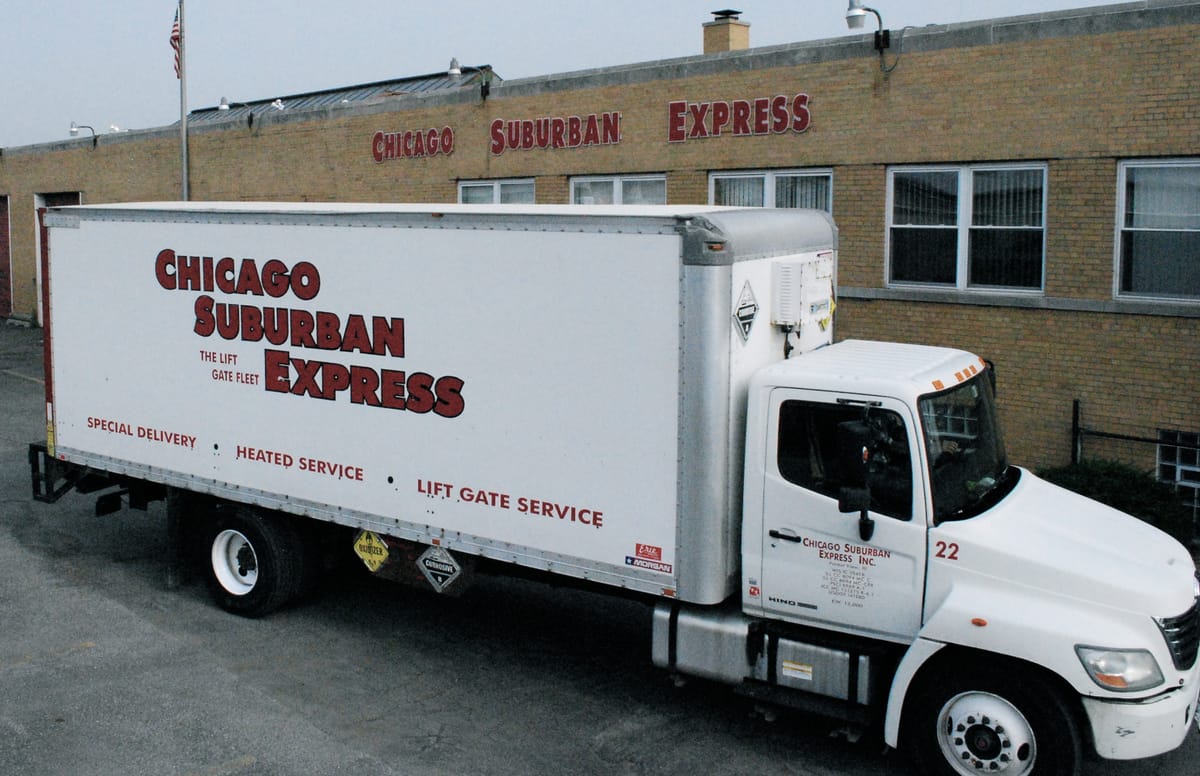The Productivity Trap: Why Operators Are Burning Out Faster and How Smarter Brokerages Are Fighting Back
How freight brokerages can reduce operator burnout, improve productivity, and use AI and secure automation to streamline workflows in 2026.
Bankruptcy filings and closures are mounting in trucking as tight lending and “zombie carriers” keep rates low, delaying the market correction and prolonging a multi-year freight recession.

The trucking industry’s prolonged freight recession is claiming more carriers, with eight companies filing for bankruptcy since early July and two others shutting down operations entirely. Tightening credit conditions and lender reluctance to liquidate equipment are compounding the sector’s challenges, delaying a full market correction.
According to U.S. Bankruptcy Court filings obtained by Equipment Finance News, the latest carriers to seek Chapter 11 protection include:
M&T Bank appears among the most exposed lenders, with $400,000 in unsecured claims tied to 47 trucks from Daniel Trucking. Mack Financial Services and Volvo Financial Services are also owed six-figure amounts in the TJ Trucking case.
Two established carriers exited the market in July:


Nine trucking firms have filed for bankruptcy in Q3 so far, following at least 20 in Q2.
Rusty Rush, CEO of Rush Enterprises, noted during a July 30 earnings call that despite “some signs of recovery” in the past year, the industry continues to face a two-year-long freight recession, coupled with uncertainty around trade policy and emissions regulations.
Banks and finance companies are tightening lending standards, which is limiting equipment financing for fleets. For example:
Eduardo Cruz, president of Commercial Equipment Financing, says while financing opportunities remain, more banks are “pulling back from this segment” to avoid risk exposure.
Industry analysts say the lender hesitation is delaying the natural correction in capacity. Jarrett Harris of IronAdvisor Insights explained that fleets operating “at or below break-even” remain in business rather than exiting, keeping downward pressure on rates.
“You still have the zombie carriers out there, killing rates and keeping assets in play,” a truck dealer told IronAdvisor.
The overcapacity means fewer incentives for fleets to order new trucks, perpetuating weak demand for OEMs already grappling with uncertain regulatory timelines and shifting market conditions.
With the freight downturn persisting into its third year, industry recovery will likely depend on a combination of rate stabilization, more aggressive lender action on distressed assets, and clarity on trade and emissions policies. Until then, carriers with thin margins will remain vulnerable to bankruptcy or closure.
Source: EquipmentFinanceNews
Join over 14K+ subscribers to get the latest freight news and entertainment directly in your inbox for free. Subscribe & be sure to check your inbox to confirm (and your spam folder just in case).